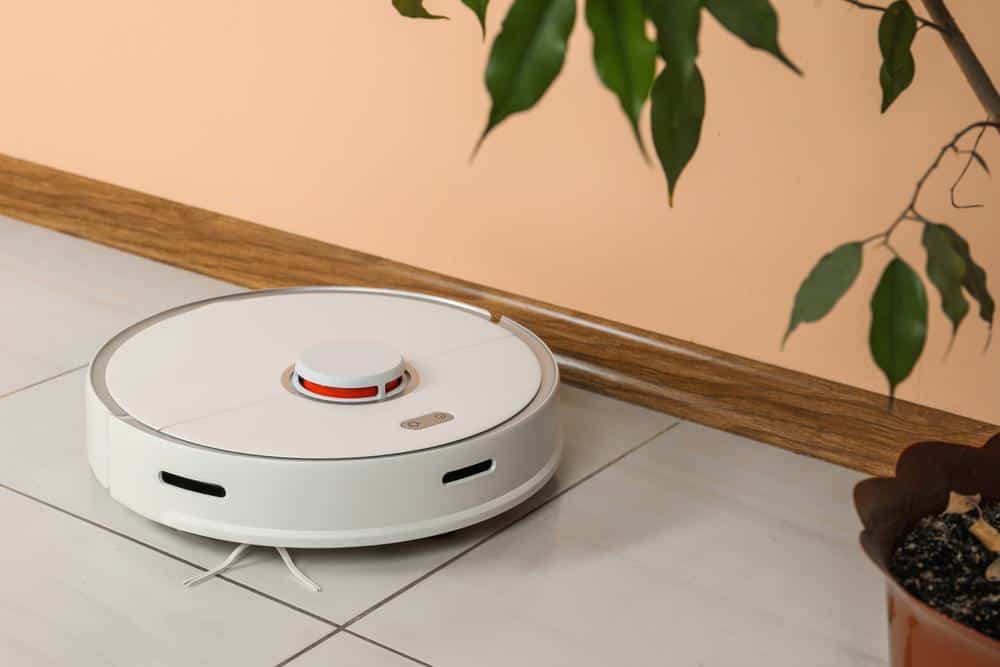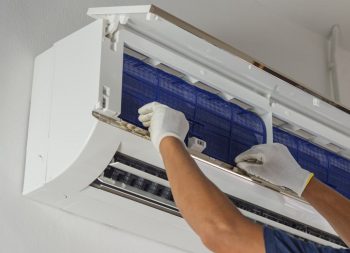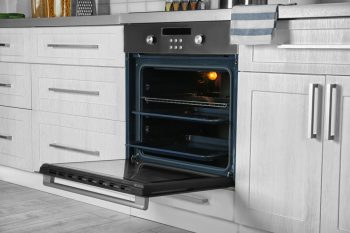
Roomba robot vacuums have revolutionized the way we clean our homes. These smart little machines can navigate around furniture, under beds, and into corners, leaving your floors spotless. However, like any device, they rely on a power source – in this case, a rechargeable battery. Over time, you may notice a decline in your Roomba’s performance, and the battery could be the culprit. In this comprehensive guide, we will explore how to test your Roomba battery to ensure it’s functioning at its best.
To test a Roomba battery, charge it fully, run a cleaning cycle, and time how long it runs before it stops or returns to the charging base. A significantly shorter runtime than expected may indicate a battery issue. Additionally, use a multimeter to check the battery voltage. For Roomba 500 series, a reading less than 14.5V indicates a failure. If the battery fails the test, consider performing a battery reset, checking the battery contacts, or replacing the battery.
Signs Your Roomba Battery May Need Testing
Before you test your Roomba battery, you need to know the signs that it may be underperforming. Here are some common indicators:
- Battery does not hold charge: If your Roomba’s battery is unable to hold a charge even after hours of charging, it may be an indication that the battery needs testing or replacement.
- Short run time: If your Roomba’s battery has a significantly shorter run time than usual, it could be a sign of a battery issue.
- Power light issues: The power light on a Roomba should be solid green when fully charged, pulsing amber when charging, solid red when the battery is empty, and flashing red when the battery is too low to dock on its own. If the power light does not illuminate or behaves abnormally even after extended charging, it may indicate a battery problem.
- Low performance: If your Roomba’s performance has decreased, it could be due to a battery issue.
Tools Needed to Test a Roomba Battery
To conduct a thorough test of your Roomba battery, you will need the following tools:
- A multimeter: This device measures the voltage and current of the battery.
- A clean cloth or melamine sponge: This is used to clean the battery contacts and the charging contacts on the Roomba and the charging station.
- High concentration isopropyl alcohol (90% or higher): This can be used to clean the battery contacts if they are dirty or oxidized.
- A Phillips head screwdriver: This may be needed to access the battery compartment, depending on the Roomba model.
How to Test a Roomba Battery
Once you have your tools ready, follow these steps to test your Roomba battery:
- Charge the battery: Ensure the battery is fully charged by leaving the robot on the base for a few hours or until the app indicates it’s fully charged.
- Run a cleaning cycle: Start a cleaning cycle and time how long the Roomba runs before it stops or returns to the charging base. A significantly shorter runtime than expected may indicate a battery issue.
- Check the battery voltage: Using a multimeter, measure the battery voltage. For Roomba 500 series, set the multimeter to measure DC voltage and connect the positive and negative terminals of the multimeter to the positive and negative terminals of the battery. A reading less than 14.5V indicates a failure.
Interpreting the Results
After testing the battery, you’ll need to interpret the results. If the Roomba cleans for a significantly shorter period than expected for your model, or if the voltage reading is below the acceptable range, these are strong indicators that the battery may need to be replaced.
What to Do If Your Roomba Battery Fails the Test
If your Roomba battery fails the test, you can try the following solutions:
- Perform a battery reset: This can often resolve performance issues.
- Check the battery contacts: Ensure they are clean and making good contact.
- Replace the battery: If the above steps do not resolve the issue, consider replacing the battery.
Safety Precautions
When testing your Roomba battery, always follow safety precautions. Don’t open, crush, or incinerate the battery. Avoid short-circuiting the battery, subjecting it to mechanical shock, or exposing it to high temperatures. Always dispose of your Roomba battery safely and responsibly.
Conclusion
By knowing how to test your Roomba battery, you can ensure your robotic vacuum continues to perform at its best. Remember, regular maintenance and care can extend the life of your Roomba’s battery and keep your home clean and dust-free. If you’re still experiencing issues after testing and replacing your battery, it may be time to reach out to iRobot for further assistance.
Frequently Asked Questions
How can I perform a battery reset on my Roomba?
To perform a battery reset, you need to remove the battery, wait for about 2 minutes, and then reinsert it. After reinserting, place the Roomba on the charging base and let it charge for 16 hours. Make sure you don’t interrupt the charging process.
What’s the typical life expectancy of a Roomba battery?
A Roomba battery typically lasts between 1.5 to 3 years, depending on usage and maintenance. However, this can vary based on how often you use your Roomba and how well you take care of the battery.
Is it normal for the Roomba battery to get hot while charging?
Yes, it’s normal for the Roomba battery to become warm while charging. However, if it becomes excessively hot, it could be a sign of a problem and you should contact iRobot’s customer service.
Can I use a battery from a different Roomba model in my Roomba?
No, it’s recommended to use the battery designed for your specific Roomba model. Using a battery from a different model could potentially cause damage.
Do I need to fully discharge the Roomba battery before charging it again?
No, Roomba batteries use lithium-ion technology, which does not require you to fully discharge before recharging. In fact, fully discharging the battery too often can shorten its lifespan.












